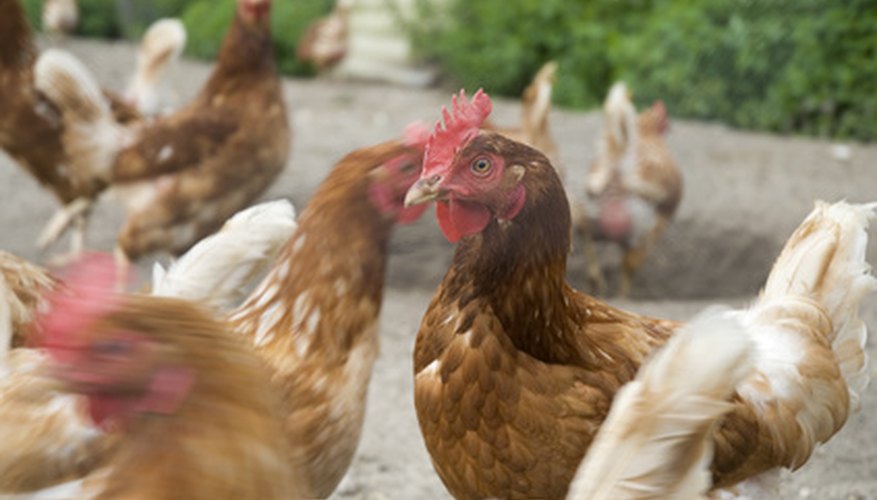The common breeds of domesticated chicken (over 250 of them) all belong to the species Gallus gallus and remain an important livestock animal in nearly every country on Earth. Technically, there are no wild chickens, though the domesticated bird’s origins may link it to a wildfowl in Southeast Asia. To clear up ongoing confusion on the gender issue, males are roosters, cockerels or cocks unless castrated, and those are capons; females are hens and young females are pullets. All of them are chickens.
Domesticated Chickens
As the chickens we are used to seeing and eating are domesticated and have been for millennia, they have no natural wild habitat and are therefore found in virtually every climate and environment on Earth, usually in captivity unless they escape confinement. We humans must provide them with shelter in areas that experience severe weather, whether very hot or very cold, as such extremes will kill the birds.
Distribution
Scientists, starting with Darwin, believe that the domesticated chicken originated somewhere in Southeast Asia, very likely in what was once called Oceana (the area encompassing Polynesia, Micronesia, Australia and Melanesia), spreading westward through trade into Europe by the seventh century B.C. The Polynesians who settled on Easter Island introduced the domesticated foul to the Western Hemisphere somewhere around the 12th century A.D.
Gray and Red Jungle Fowl
Also called Sonnerat's junglefowl, the grey jungle fowl (scientific name Gallus sonneratii) is not technically a chicken, though you probably would identify it as such if you saw one. Found in and around the deciduous forests of India, many are domesticated livestock animals. You can still find them in the wild, however, though they are an endangered species. The red jungle fowl’s territory overlaps that of the grey in the Aravalli Range of western India and eastern Pakistan, but is more common along the foothills of the Himalayas.
- Also called Sonnerat's junglefowl, the grey jungle fowl (scientific name Gallus sonneratii) is not technically a chicken, though you probably would identify it as such if you saw one.
- The red jungle fowl’s territory overlaps that of the grey in the Aravalli Range of western India and eastern Pakistan, but is more common along the foothills of the Himalayas.
Greater Prairie Chicken
The more numerous and larger of the North American prairie chickens (which are actually a species of grouse), the greater prairie chicken (scientific name Tympanuchus cupido) lives in tall grass and mixed-grass prairies of central United States, ranging from Nebraska and Kansas—especially the Flint Hills, where they are most plentiful—all the way to the eastern seaboard and south to the coast of Texas. One subspecies (the heath hen) inhabits the dune grasses common from Massachusetts south to Virginia.
Lesser Prairie Chicken
Smaller than the greater prairie chicken and also a species of grouse, the lesser prairie chicken’s largest numbers reside in Kansas, particularly the sand sage (or sand sagebrush) prairies in the southwest corner of the state. Their range also spreads out over the grasslands of Oklahoma, Colorado, New Mexico and Texas. Due to its dwindling numbers, the lesser prairie chicken (scientific name Tympanuchus pallidicinctus) is considered a threatened species.
